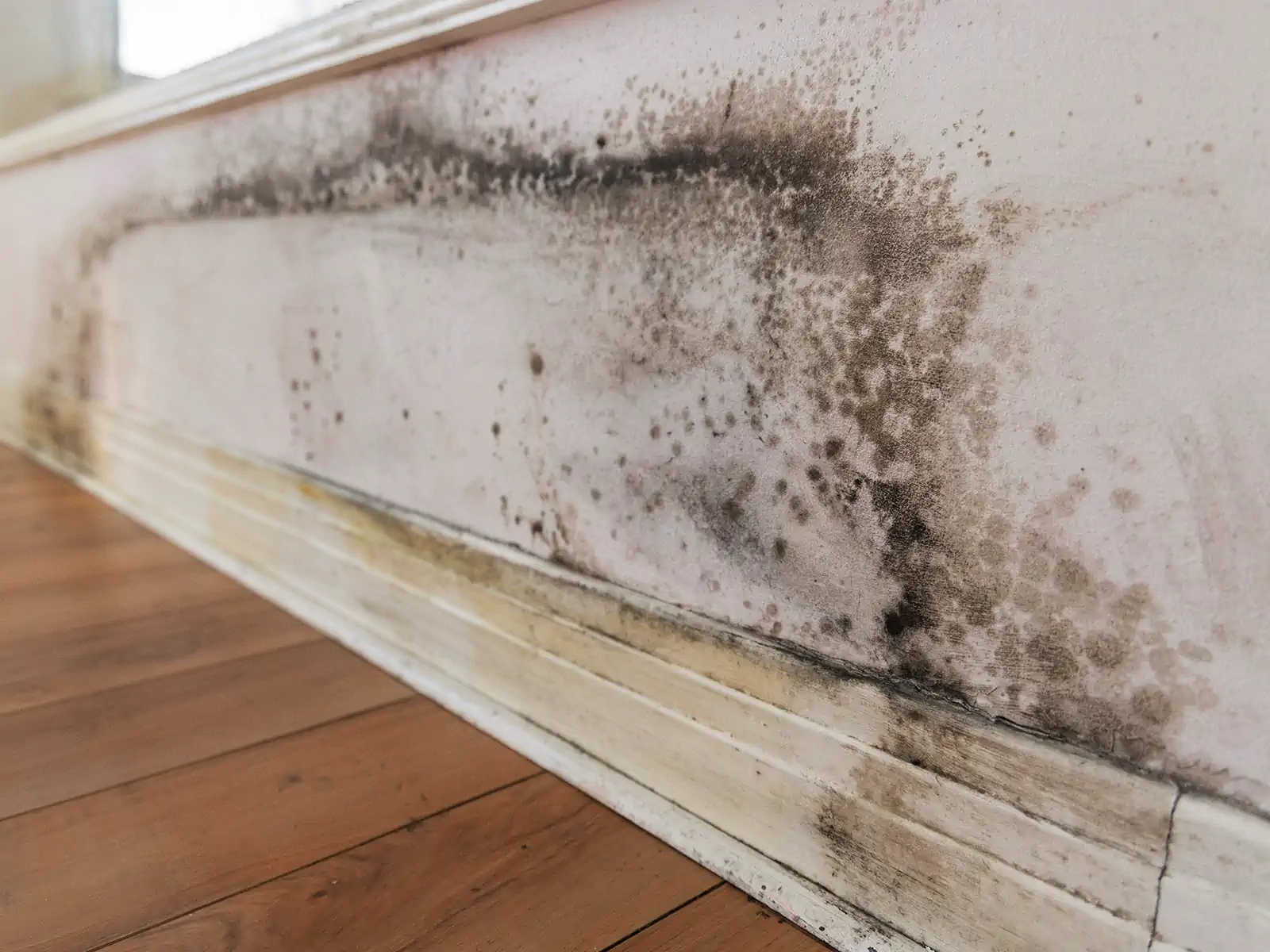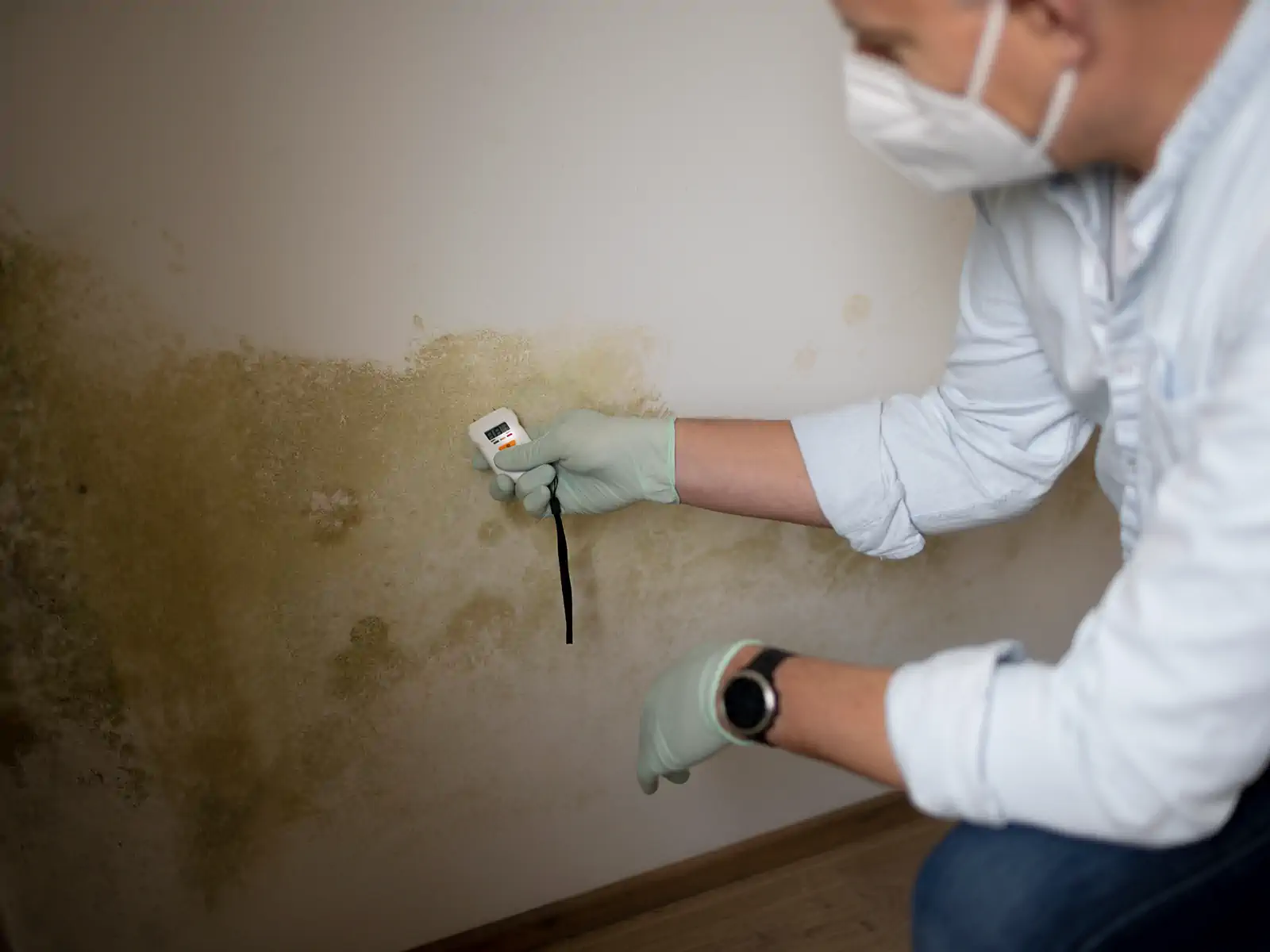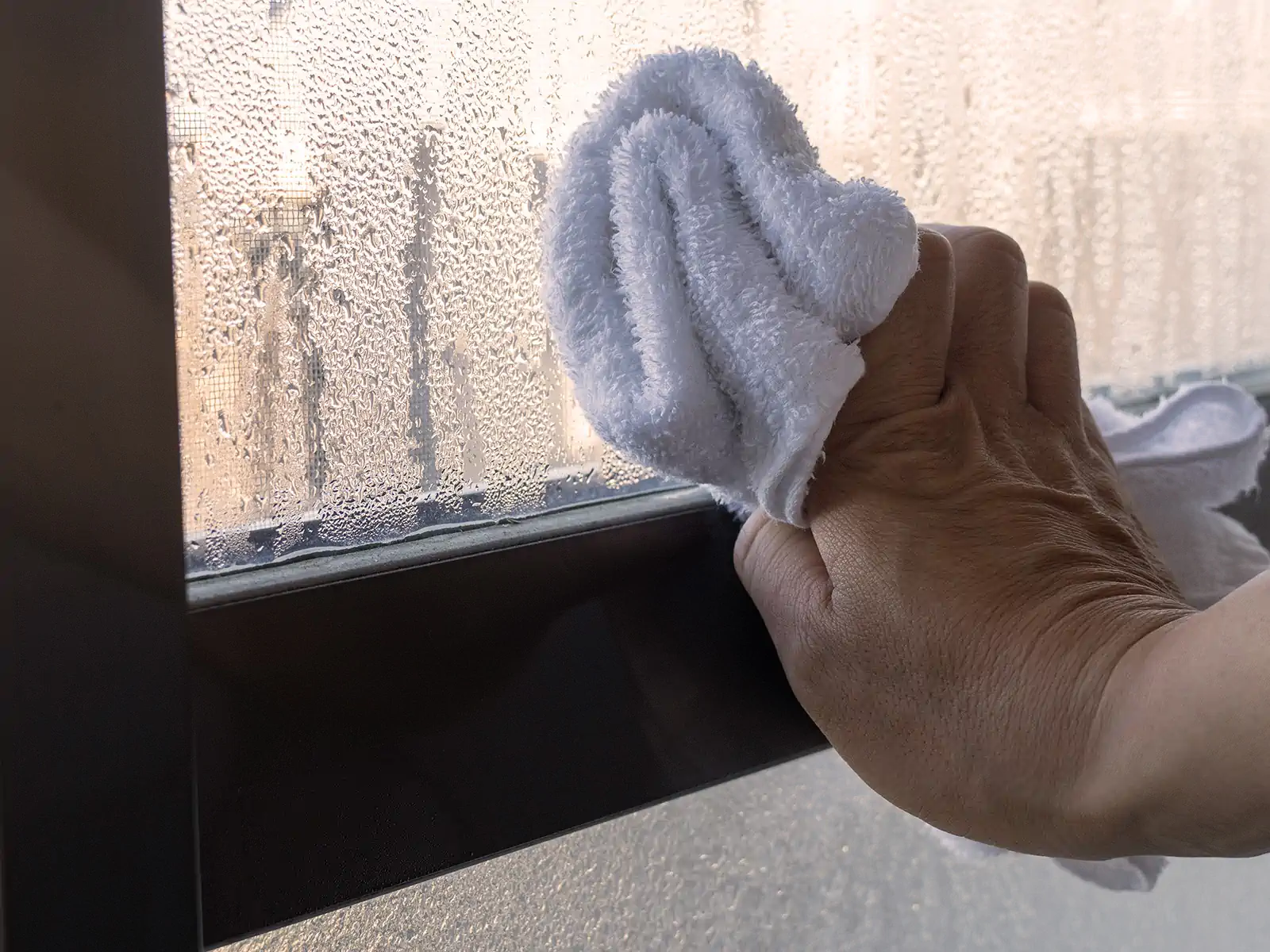Basements are one of the most common areas in a home to develop moisture issues. What starts as a small damp spot or a musty smell can quickly turn into mold, structural damage, or costly repairs. Many homeowners do not realize the signs of moisture until it has caused real problems.
The good news is that by learning what to look for and taking early action, you can protect your home and avoid major repairs. This guide will walk you through the signs, causes, and steps to manage basement moisture.
Why basement moisture matters
Moisture in the basement is not just a cosmetic issue. Persistent dampness can lead to:
- Mold and mildew growth that affects indoor air quality and health
- Rotting wood, warped floors, and rusted pipes
- Damage to furniture, stored items, and finished areas
- Weakening of the foundation over time
By spotting problems early, you can prevent small issues from becoming expensive and dangerous.
Signs of basement moisture
Musty smells
A strong musty or stale smell is often the first sign of a moisture problem. Even if you cannot see water, odours indicate hidden dampness or high humidity. Pay attention to areas around corners, behind stored items, and near windows.
Mold and mildew growth

Mold can appear in many colours including black, green, or white. Check walls, floors, windowsills, and corners. Mold spreads quickly if moisture is present, and it can cause allergies, respiratory problems, and unpleasant smells. Even small patches should be treated promptly.
Water stains and discolouration
Look for brown, yellow, or chalky stains on walls, floors, or ceilings. Water stains often appear after heavy rain or plumbing leaks. Discolouration may also show up around window wells or near foundation cracks.
Efflorescence
Efflorescence is a white, powdery substance on concrete or brick walls. It happens when water moves through masonry and leaves mineral deposits behind. While it may seem harmless, it is a sign that water is penetrating your basement walls.
Cracks in walls or floors
Small hairline cracks are common, but larger cracks or widening gaps can let water in. Inspect areas near windows, doors, and along the floor perimeter. Foundation movement or settling can also increase crack size and water penetration risk.
Condensation on pipes or walls
If water droplets form on pipes, windows, or walls, the air in your basement is too humid. Condensation is more common in cold weather or in poorly ventilated basements. Left unchecked, it can encourage mold and rust.
Warped wood and rust
Check wood beams, shelves, and floorboards for warping, swelling, or soft spots. Rust on metal pipes, window frames, or HVAC equipment also signals long-term moisture exposure.
Common causes of basement moisture
Understanding the source of moisture is key to preventing it:
- Plumbing leaks: Burst pipes or slow leaks behind walls or under floors
- Poor drainage: Gutters, downspouts, or landscaping that direct water toward your foundation
- Foundation cracks: Small cracks can allow water to seep through during rain or snowmelt
- High humidity: Basements naturally have higher humidity, which increases the risk of condensation
- Flooding or water backups: Heavy storms, sewer backups, or sump pump failures can cause sudden water damage
Steps to prevent basement moisture
Regular inspections
Inspect your basement at least twice a year, and after heavy rains. Look for the signs above and note any changes over time.
Improve ventilation
Use fans, open windows, or install vents to keep air moving. Proper ventilation helps reduce humidity and condensation.
Use a dehumidifier
Running a dehumidifier can maintain indoor humidity between 30-50 percent. This makes it harder for mold to grow and keeps stored items safe.
Maintain gutters and downspouts
Clean gutters and make sure downspouts direct water at least 6 feet away from your foundation. Proper grading around your home prevents water from pooling near basement walls.
Seal cracks and joints
Use concrete or masonry sealants to fill cracks in walls and floors. For more serious foundation issues, consult a professional for repair or waterproofing.
Install sump pumps or drainage systems
If your basement has a history of flooding, a sump pump or interior drainage system can remove water before it causes damage. Regular maintenance of these systems is essential.
When to call a professional
Some moisture problems are easy to handle, but others require expert attention. Call a professional if:
- Mold covers a large area or keeps returning
- Water damage has caused structural issues
- Plumbing leaks are hidden behind walls or under floors
- You notice ongoing condensation despite ventilation and dehumidifiers
- Basement flooding has happened more than once
Protect your home with ATCO Energy home services

If you notice any signs of moisture, acting quickly can save time and money. ATCO Energy home services has expert plumbers, insulation specialists, mold remediation & removal pros and home renovation contractors ready to help. Whether it is a minor repair or a full waterproofing project, we are here to keep your home safe, dry, and comfortable.
Basement moisture FAQs
Q: How can I tell if basement moisture is serious?
A: If you see mold, structural cracks, water pooling, or recurring dampness, it is a serious problem that should be addressed by a professional.
Q: Can moisture affect my health?
A: Yes. Mold and mildew from damp basements can trigger allergies, asthma, and respiratory problems.
Q: Is a dehumidifier enough to prevent moisture?
A: A dehumidifier helps reduce humidity, but it may not fix leaks, cracks, or drainage issues. It should be used along with proper inspections and repairs.
Q: Can I waterproof my basement myself?
A: Minor fixes like sealing small cracks or improving drainage can be DIY projects. For major issues, it is best to hire professionals.
Q: How often should I check my basement for moisture?
A: Inspect at least twice a year and after heavy rainfall, snowmelt, or storms.









.jpg)